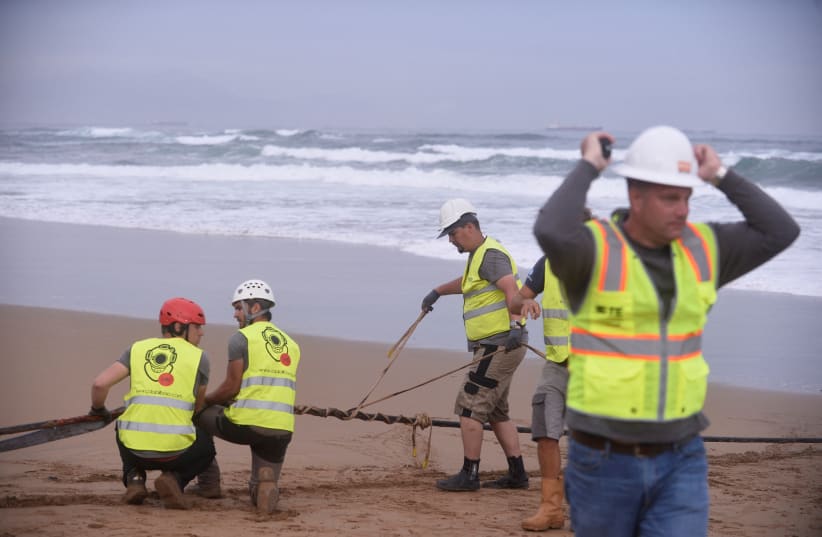The successful targeting of the four cables, which are believed to belong to the AAE-1, Seacom, EIG, and TGN systems, marks a serious disruption of communications between Europe and Asia.
Four underwater communications cables between Saudi Arabia and Djibouti have been struck out of commission in recent months, presumably as a result of attacks by Yemen’s Iranian-backed Houthi rebels, according to an exclusive report in the Israeli news site Globes.
The successful targeting of the four cables, which are believed to belong to the AAE-1, Seacom, EIG, and TGN systems, marks a serious disruption of communications between Europe and Asia.
Most of the immediate harm will be absorbed by the Gulf states and India, Globes said.
The AAE-1 cable connects East Asia to Europe via Egypt, connecting China to the West through countries such as Pakistan and Qatar.
The Europe India Gateway (EIG) cable system connects southern Europe to Egypt, Saudi Arabia, Djibouti, the UAE, and India.
The Seacom cable connects Europe, Africa, and India, and is connected to South Africa.
- jango
-

 1
1



Recommended Comments
Join the conversation
You can post now and register later. If you have an account, sign in now to post with your account.
Note: Your post will require moderator approval before it will be visible.